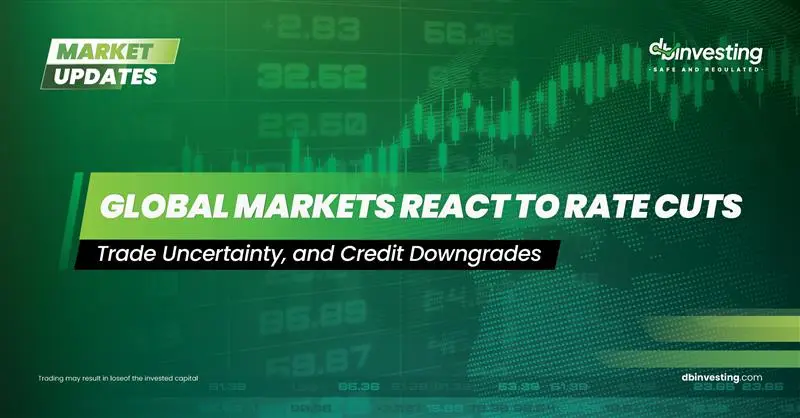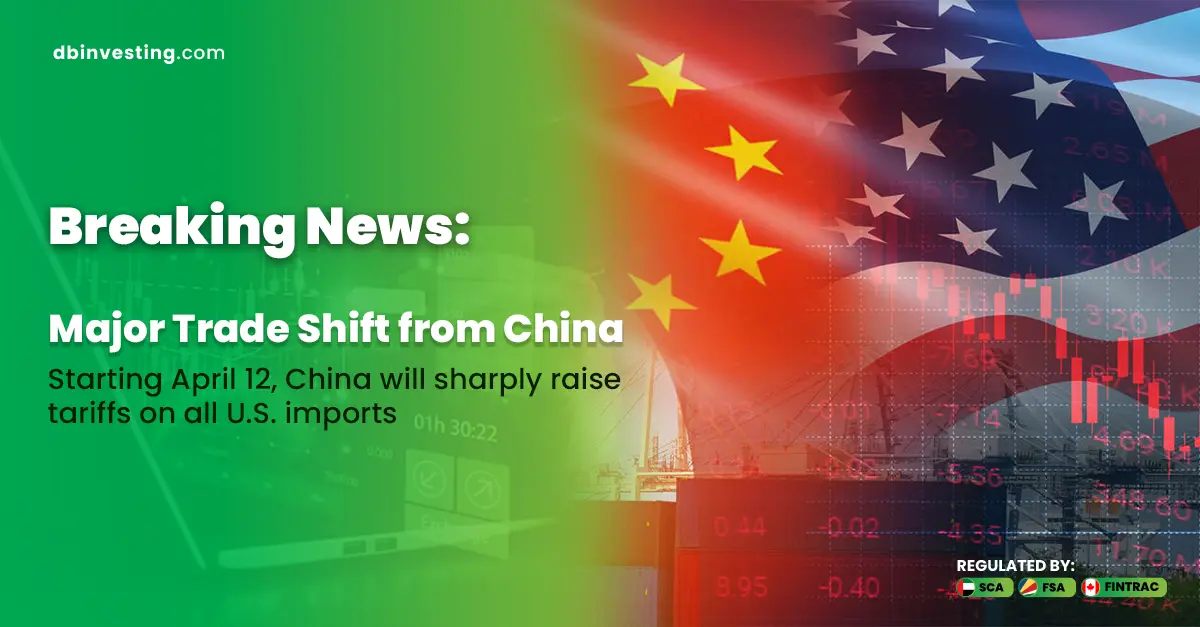Gold prices edged higher in Asian trading on Wednesday, recovering slightly after sharp losses in the previous session. The weak U.S. dollar provided some support, although the ceasefire between Israel and Iran reduced safe-haven demand.
Late Monday, President Trump announced a multi-stage ceasefire between Israel and Iran, urging both parties to strictly adhere to the agreement.
Despite the ceasefire announcement, concerns remain about the longevity of the truce. Just hours after the deal was made public, Trump took to social media, accusing both sides of violating their commitments.
Gold, traditionally seen as a hedge against geopolitical risks and uncertainty, came under pressure as the ceasefire held, but it remained supported by the weaker dollar and ongoing doubts about the ceasefire’s sustainability.
Media reports on Tuesday indicated that recent U.S. strikes failed to destroy Iran’s nuclear program, merely delaying its progress by a few months.
The U.S. dollar index fell by 0.1% during Asian trading, hovering near its lowest level in a week.
Federal Reserve Chair Jerome Powell stated in his congressional testimony that multiple paths remain open for monetary policy, and the central bank needs more time to assess whether rising tariffs will lead to higher inflation.
Most Asian currencies, along with the dollar, traded in tight ranges on Wednesday as traders watched closely to see whether the fragile U.S.-brokered ceasefire between Israel and Iran would hold.
The Australian dollar also moved within a narrow range, despite weaker-than-expected consumer inflation data that reinforced expectations of further interest rate cuts by the Reserve Bank of Australia (RBA).
Regional currencies gained some ground this week, while the U.S. dollar retreated following Trump’s ceasefire announcement.
The dollar also faced pressure from growing bets that the Federal Reserve would cut interest rates, even as Powell downplayed such a possibility. Trump continued to push for rate cuts on Tuesday.
The Australian dollar saw limited movement on Wednesday despite data showing that consumer price inflation in May grew far less than expected. The currency paused after two days of gains driven by improved risk sentiment.
Headline consumer price inflation fell to its lowest level in seven months, while core inflation, as measured by the trimmed mean CPI, dropped to its lowest in over three years.
Wednesday’s data showed continued disinflation in Australia, giving the RBA more room to pursue further rate cuts. The central bank has already cut rates by a cumulative 50 basis points in 2025 and remains data-dependent for future easing.
This follows much weaker-than-expected Australian employment data last week, signaling a cooling labor market.
Meanwhile, oil prices rebounded in Asian trading on Wednesday, recovering some losses from the previous two sessions. The market remained focused on whether the U.S.-brokered ceasefire between Israel and Iran would hold.
Oil prices were also supported by industry data showing another significant drawdown in U.S. crude inventories, suggesting rising demand in the world’s largest fuel consumer.
Data from the American Petroleum Institute on Tuesday showed U.S. crude stockpiles dropped by about 4.3 million barrels last week, far exceeding forecasts of a 0.6 million barrel decline.
This follows a massive 10.1 million barrel draw the week before, indicating a rapid tightening in U.S. oil supplies.
Such substantial inventory drawdowns typically precede similar trends in official stockpile data, which is due later today.
The sharp declines in U.S. inventories helped restore some confidence in fuel demand, which is expected to surge with the summer season.
Conclusion:
The fragile ceasefire between Israel and Iran remains the key focus in global markets, keeping traders cautious while commodities and currencies react to shifting geopolitical and economic signals.






